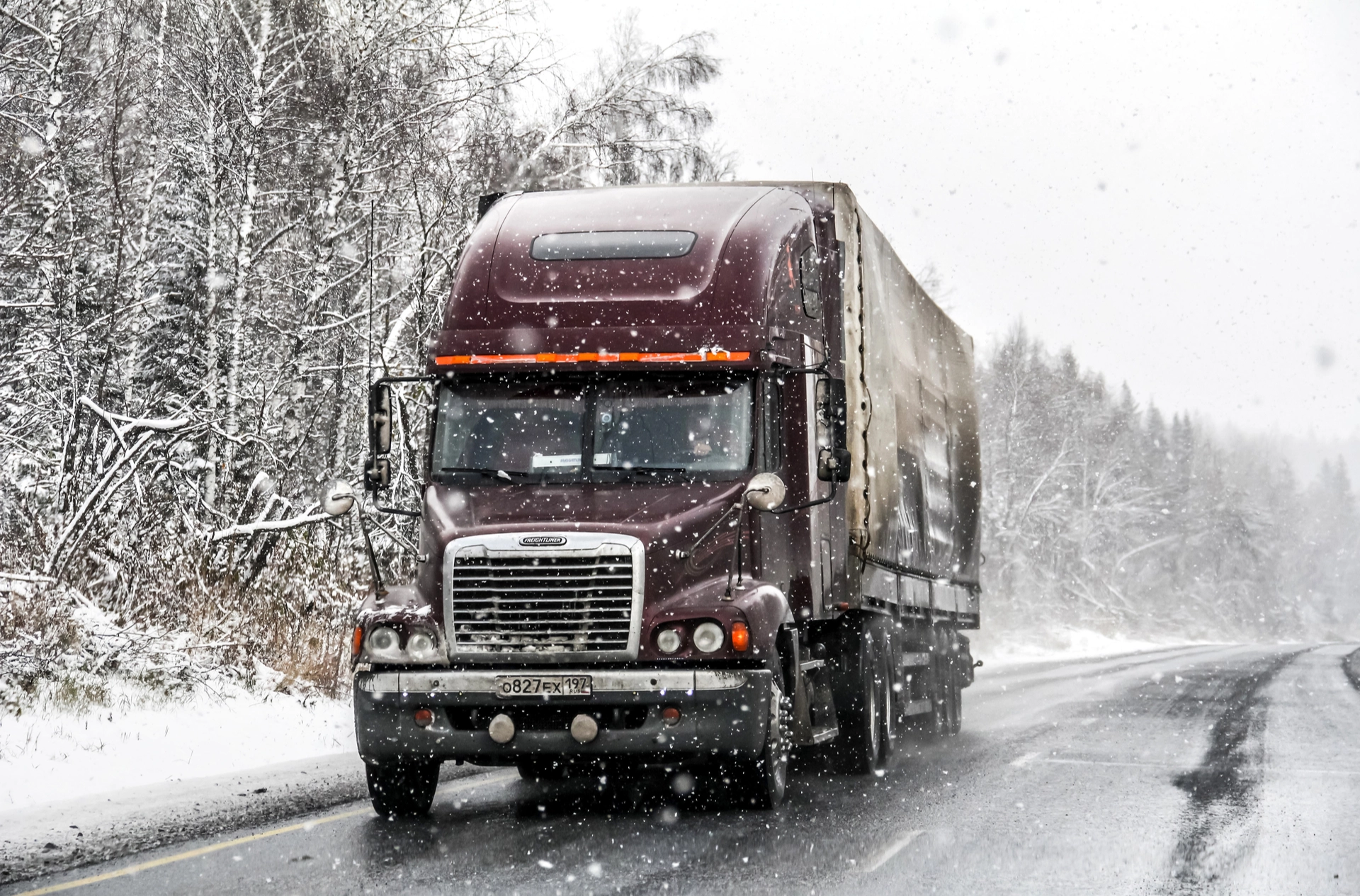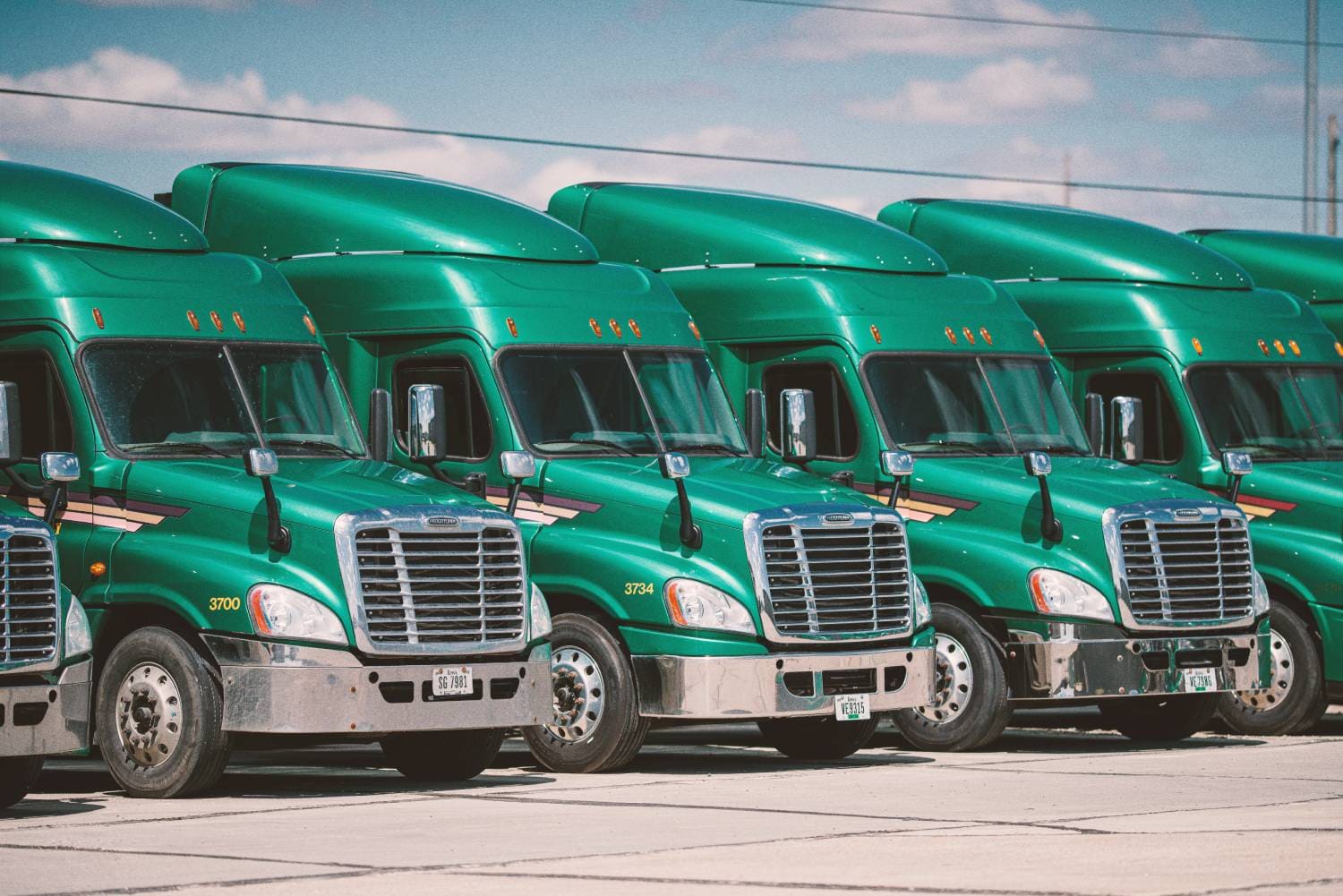Winter Driving Safety
Winter is Here
Winter has arrived and across the US drivers are facing the hardships brought by the cold weather. Very few regions and their fleets will never see snow, but most will have to prepare their trucks for what’s to come.
Some statistics kept by the Federal Highway Administration help illustrate the prevalence and danger of snowy, icy roads:
-Over 70 percent of the nation’s roads are located in snowy regions, those which receive more than five inches average snowfall annually.
-Nearly 70 percent of the U.S. population lives in these snowy regions.
-Each year, 24 percent of weather-related vehicle crashes occur on snowy, slushy or icy pavement and 15 percent happen during snowfall or sleet.
-Freeway speeds are reduced by 3 to 13 percent in light snow and by 5 to 40 percent in heavy snow.
Even the South hasn’t been winter free in recent years, with snow and ice bringing significant impacts. January and February are when winter storms are most common in the South due to cold air closer to the surface and moisture coming together. Even with low accumulation of snow and ice, the impact can still be significant. Drivers not being accustomed to driving in such conditions and roadway conditions are the biggest contributing factors.
Very few regions and their fleets will never see snow, but most will have to prepare their trucks for what’s to come.
Preparing for Winter Safety
So how can a trucking company prepare its fleet and the drivers for safe winter driving?
Take some time and prepare the vehicles. Winterizing the vehicles will not only provide a safer driving environment for all of us out there on the roads, but also significantly lower repair costs, preventing, to some degree, major winter wear and tear on the vehicle. Some of the very low cost quick checks can be done by the drivers, without needing to perform a professional inspection.
- Check batteries – we all know the cold drains batteries. If the battery needs replacing soon, no time like the beginning of winter to do it.
- Fuel additives – cold weather thickens the fuel. To avoid other major repairs, add anti-gel additives to each fill up.
- Tire pressure – adjust inflation, cold weather can cause the tire pressure to decrease, causing faster wear and poor mileage.
- Emergency supplies – all trucks must be equipped with the standard emergency kit plus winter gear such as shovels, winter clothing and footwear, extra blankets etc.
However, of utmost importance are the drivers, and implementation of proper, preventative safety skills. They have the ultimate responsibility of making the best and safest decisions out there, know the limits of the vehicle, of the road condition and especially know when to get off the road before causing unfavorable trucking news.
A Safe Driving Reminder
For the non-commercial drivers, a friendly reminder – snow or not, trucks need more time to stop. A typical semi can weigh as much as 80,000 pounds by law. Most passenger vehicles are about 3,000 – 4,000 pounds. A passenger vehicle weighing 4,000 pounds, traveling under ideal conditions at a speed of 65 miles per hour would take 316 feet to stop (nearly the length of a football field). In comparison, a fully loaded tractor-trailer weighing 80,000 pounds traveling under ideal conditions at a speed of 65 miles per hour will take 525 feet to stop (almost the length of two football fields). Add snow and ice and the numbers go up exponentially.
Slow down, Don’t be distracted and Keep proper distance – let’s use common sense and get home safe!
Happy cold season!





Post a comment